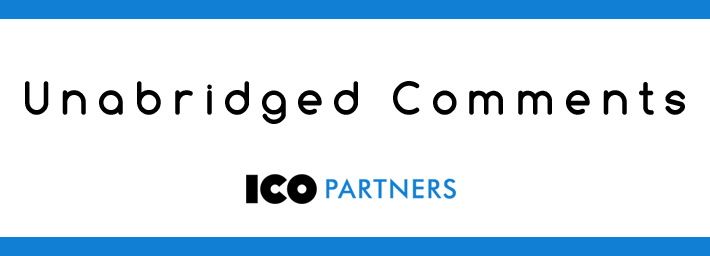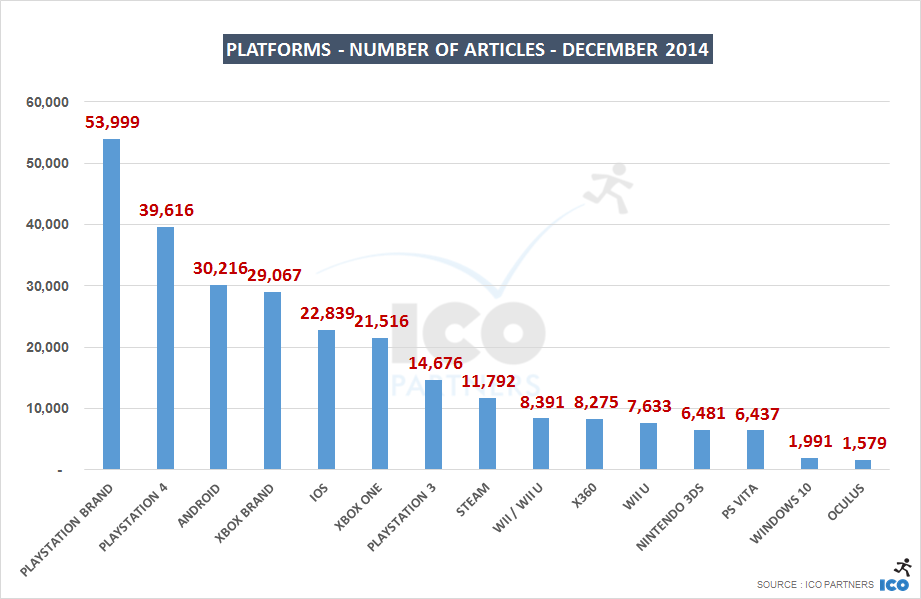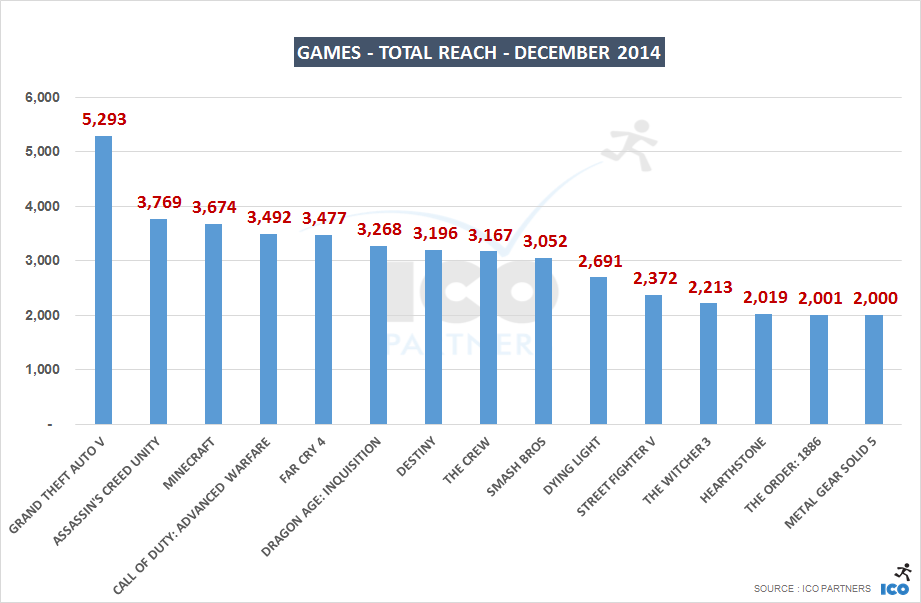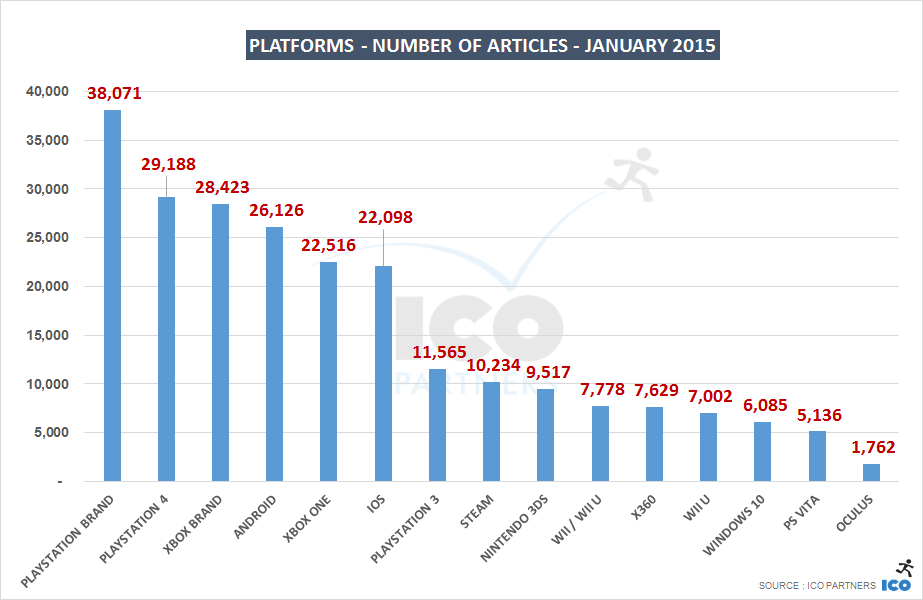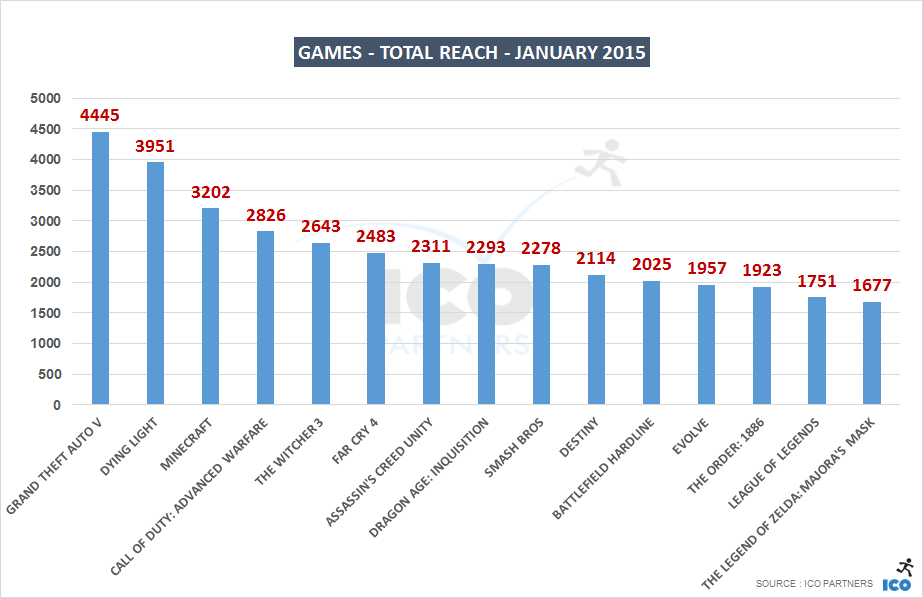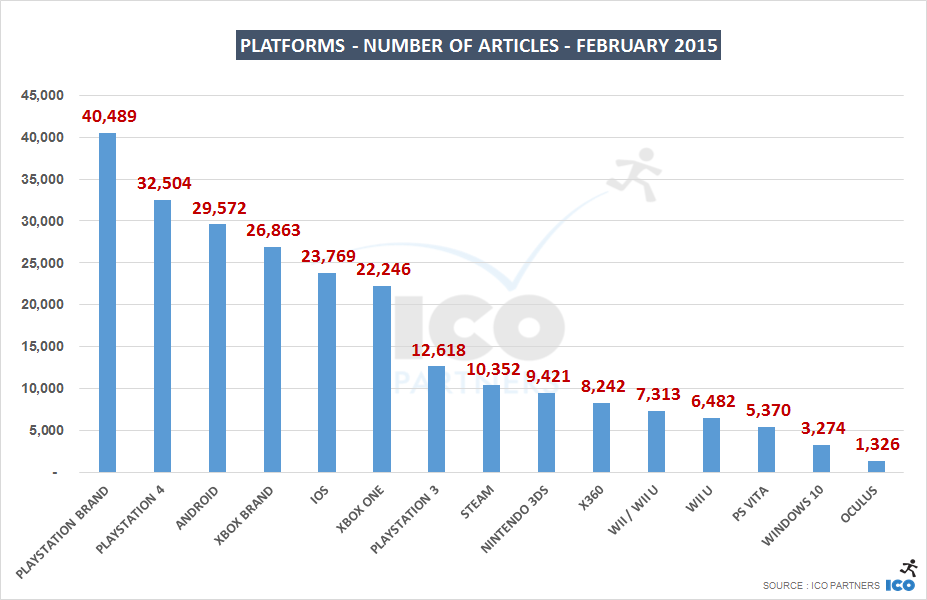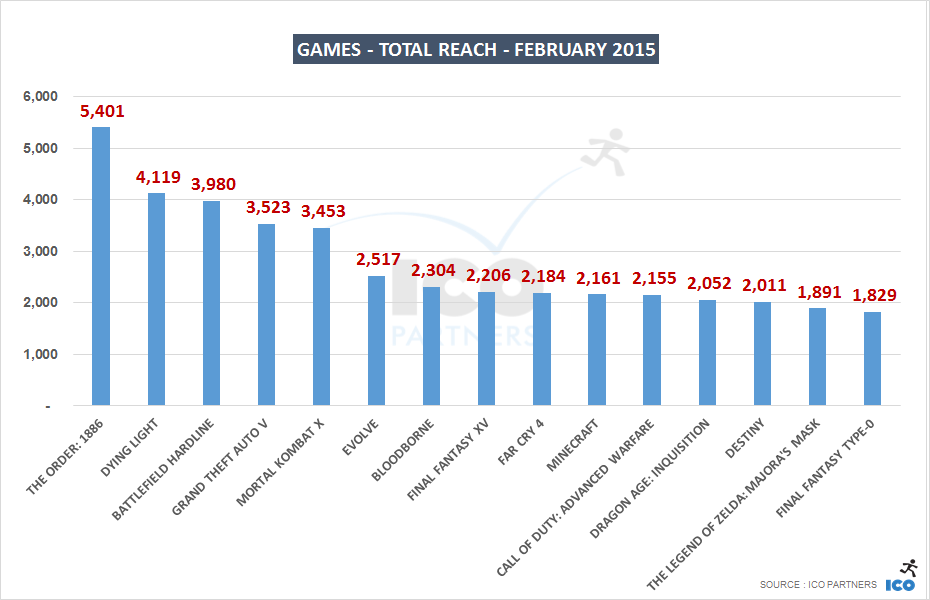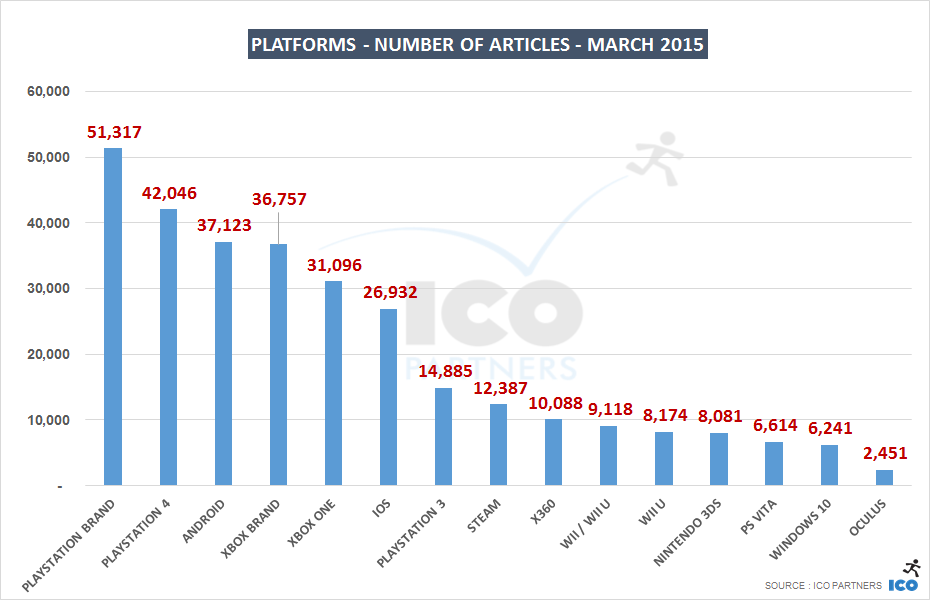From time to time, I get requests from publications to comment on specific topics. It is quite common for these comments to be cut or summarised to fit with the way the article is written, but it also means that some things are not said. However, as the time to write those comments has been spent, I feel like they should be shared. The original articles are interesting in their own rights as usually multiple persons are weighing in the topic, so it seems quite complementary. It can also be an opportunity for me to add to the comments, in light of the other contributions.I want to kick off this practice by sharing the whole of my comments done for the Gamasutra article on Digital Collectible Card games (I am sharing my full comments with their blessing).
- There has been a rise of digital collectible card games for the past couple of years (and a recent acceleration)
- Specific question – Why is the trend is exploding now (and if I’ve seen a rise in crowdfunded CCG projects, both physical and digital)?
- Specific question – Do I think this will be a short term fad/bubble, or do I think CCGs have staying power on these platforms?
- Specific question – What’s the draw for developers and publishers to push so aggressively into this space?
Specifically looking at CCG that were crowdfunded, I think there are very interesting trends that many can learn from. CCG on Kickstarter have done historically incredibly well.
First, you can consider SolForge, a free-to-play CCG that raised $429,000 on Kickstarter in September 2012 ) – when free-to-play games are notoriously difficult to fund on the platform. That in itself was a sign of a real hunger for this type of game at the time.
Then, less than a year later, in June 2013, you have Hex that managed to raise more than $2.2m , again on a free-to-play promise, using the Magic the Gathering nostalgia (or enthusiasm as Magic is still around I guess) as well as the promise of an MMO experience alongside the card game elements.
Kickstarter has always been a good place to get interest for games in an under served niche. At the moment, I think the niche is no longer under served, Hearthstone has taken care of this. The way I look at it is the way the Fable Fortune Kickstarter campaign went – it had a very strong IP behind it, it had excellent media coverage and reach, but it didn’t transform into a home run, far from it. Before it got cancelled, the campaigned had raised £58k ($76k ) in 20 days. That’s a lot less than SolForge did, and I don’t believe this is due to crowdfunding being past its prime. There are still many projects funded every month. Fable Fortune was unfortunate to be in a segment where there doesn’t seem to be an unfulfilled promise. The fact that the Fable brand is not particularly associated with this type of gameplay didn’t help, but I am certain than had it been released prior to Hearthstone, it would have found an audience.
That’s the risk I see in the current CCG craze – like when WOW released and brought the MMO genre to the forefront, I am afraid that the actual demand for this type of game is mostly fulfilled by Hearthstone. I personally am not very fond of it, and find Magic more appealing, but Magic, while having a dedicated audience, has always had a weak presence on the digital front – Hearthstone is showing the potential that was untapped (and yes, hearthstone is also a much more accessible game, widening even further the reach it has and its audience).
CCGs will stay, and I think there are room for multiple titles that will garner more diversity than in the MMO genres for instance, but we are not in a space where there will be a lot of titles either. I think like in the MOBA space, you will have 3 to 4 strong titles doing very well, half a dozen being profitable and having a sustainable presence, but beyond that, I have a hard time seeing this being a genre that has slew of new titles cycling every year.
I see the draw for publishers and studios – these games are less costly to put together initially, with the promise of very high returns, but there are also very dependent on building a sustainable audience. To anyone keen on tackling this kind of game, I would encourage them to look at the waves of CCGs that sprung from the Magic the Gathering success back in the 90s, and to consider how many (or how few) of them have actually had any enduring existence.

